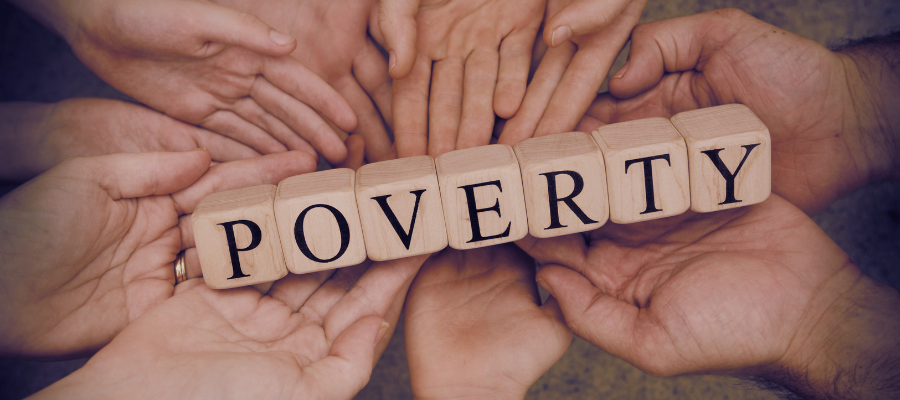BC Child Poverty Rate Climbs as Income Inequality Grows

Thirty-five years after Canada’s parliament promised to end child poverty it still hasn’t happened.
In 1989, a unanimous all-party House of Commons resolution was passed vowing to end child poverty in Canada by the year 2000. Yet child poverty in British Columbia and across the country is on the rise again. The evidence of the depth and scope of this problem in this province is documented in the 2024 BC Child Poverty Report Card just released by First Call Child and Youth Advocacy Society.
Using the latest Statistics Canada data,147,570 children—one in six— were poor in BC in 2022. That’s 16.7% of all BC children living in low-income households and 21,450 more than in 2021.
Over the two-year period from 2020 to 2022, BC’s child poverty rate rose by an alarming 25.6%, reflecting the removal of pandemic income supports and underscoring how essential these supports were in shielding families from financial hardship.
Children in lone-parent families, disproportionately led by women, have the highest poverty rate of all groups at 45.5%.
Over the two-year period from 2020 to 2022, BC’s child poverty rate rose by an alarming 25.6%, reflecting the removal of pandemic income supports
More than half (53%) of the province’s poor children live in lone-parent households, despite making up only 19% of BC’s children. A special feature in this year’s report captures the stories of the challenges faced by four single mothers and highlights their resilience. For many lone mothers, finding affordable, quality child care remains out of reach, hindering their ability to work and leaving them to raise their children in poverty.
Available data for BC children on 61 First Nations reserves also show a child poverty rate higher than the provincial average at 34.8% and an even higher rate of 42.2% for children in the rural reserves reported. BC children in some racialized groups and recent immigrant families also remain at significantly higher risk of poverty.
These statistics point to the systemic inequities which have profound impacts on children’s lives.
The “poverty gap”—the difference between median incomes of poor families and the poverty line—has grown significantly, ranging from $14,000 to $16,000 per year in 2022. This gap intensifies housing insecurity, with rising rents and lengthy waitlists for subsidized housing. Food insecurity, too, is on the rise among low-income families. Many mothers speak of skipping meals themselves to make sure their children get enough to eat.
We also know that the majority of poor parents and caregivers with children in BC are working in paid employment but remain below the poverty line because they work in low-wage jobs and/or are precariously employed in part-time, part-year or casual jobs. As we recommend in the report, BC’s minimum wage needs to be raised to at least $20.00 an hour to lower the depth of poverty for minimum wage workers and to reduce the yawning income inequality gap that undermines individual and community health and social cohesion.
Some of BC’s poorest families with children rely on income or disability assistance. Their total incomes fall far below the poverty line even after receiving additional government income supports such as the Canada Child Benefit and the BC Family Benefit.
It’s not like we don’t know what needs to be done to eliminate child poverty.
Available data for BC children on 61 First Nations reserves also show a child poverty rate higher than the provincial average at 34.8%
Hundreds of recommendations, over many years, have been made and governments over time have acted on some of them. The 25 recommendations in this report range from enhancing income supports for families with children, employers paying living wages, increasing access to affordable housing and child care, disability supports and quality public education. We need to target measures to make sure supports and programs reach those groups with the highest poverty rates and that tax reforms recoup some of the untaxed wealth that can pay for better social programs.
The impact, in 2022, of government income support programs for families helped bring BC’s child poverty rate down from 28% to 16.7%, keeping over 99,000 children out of poverty. The lesson of the pandemic benefits during 2020 also demonstrated that income supports in times of crisis were able to dramatically lower the child poverty rate. The lingering, and now increasing, child poverty rates are a crisis that we can and must respond to.
We invite you to read and share our 2024 BC Child Poverty Report Card. Let your elected representatives know you support some or all of the recommendations for systemic changes. Our children are relying on us to speak up for them.


